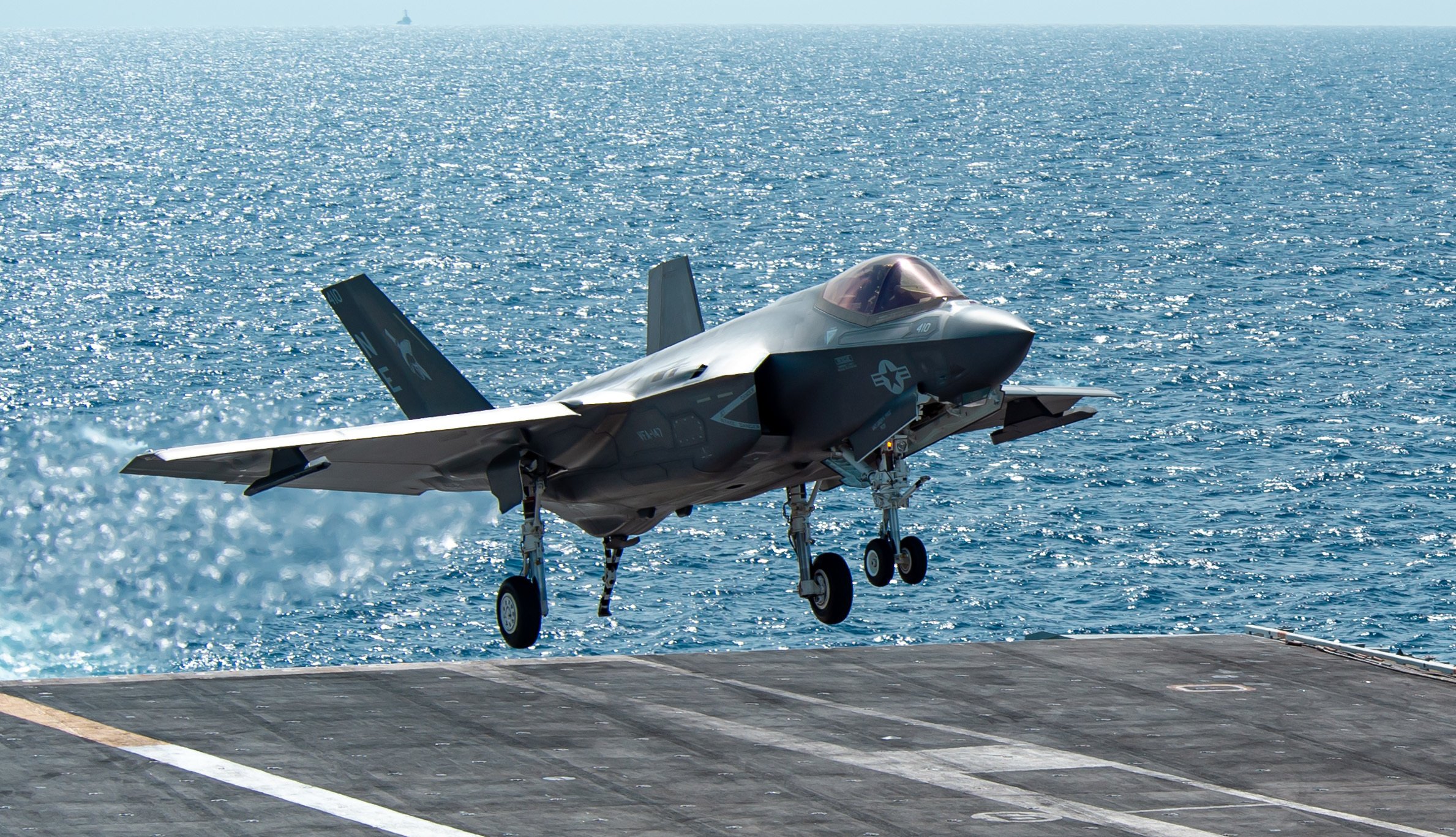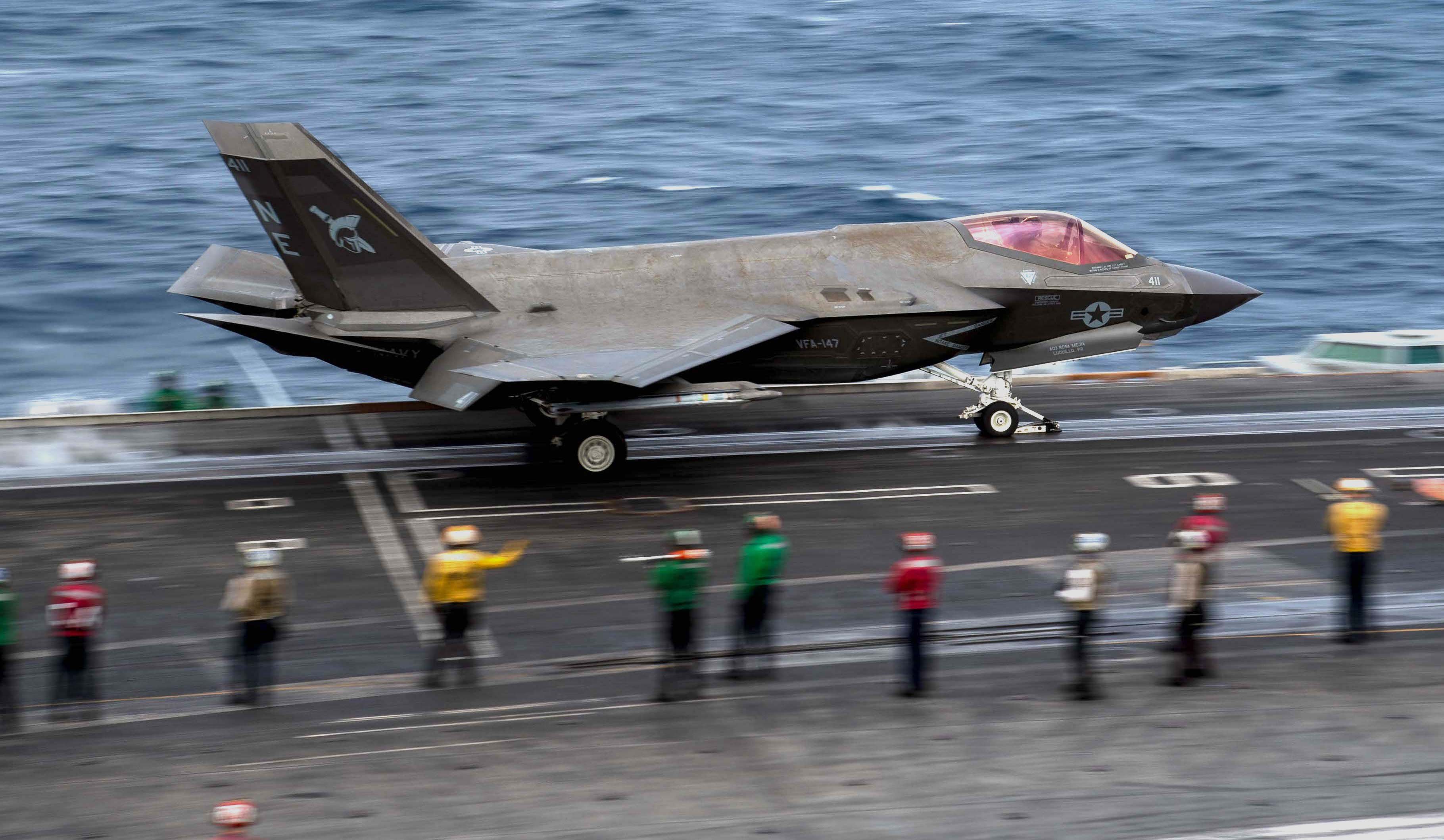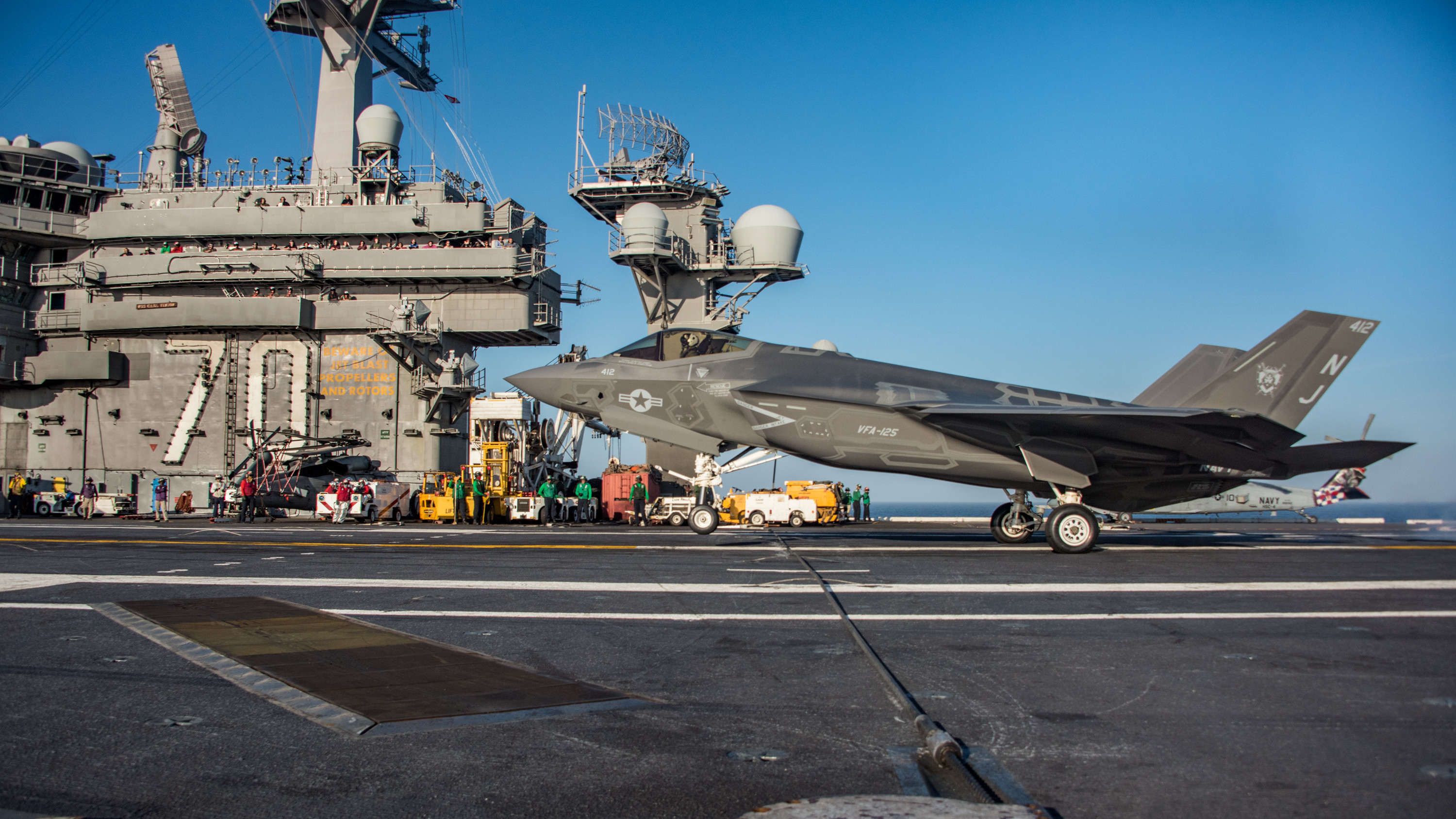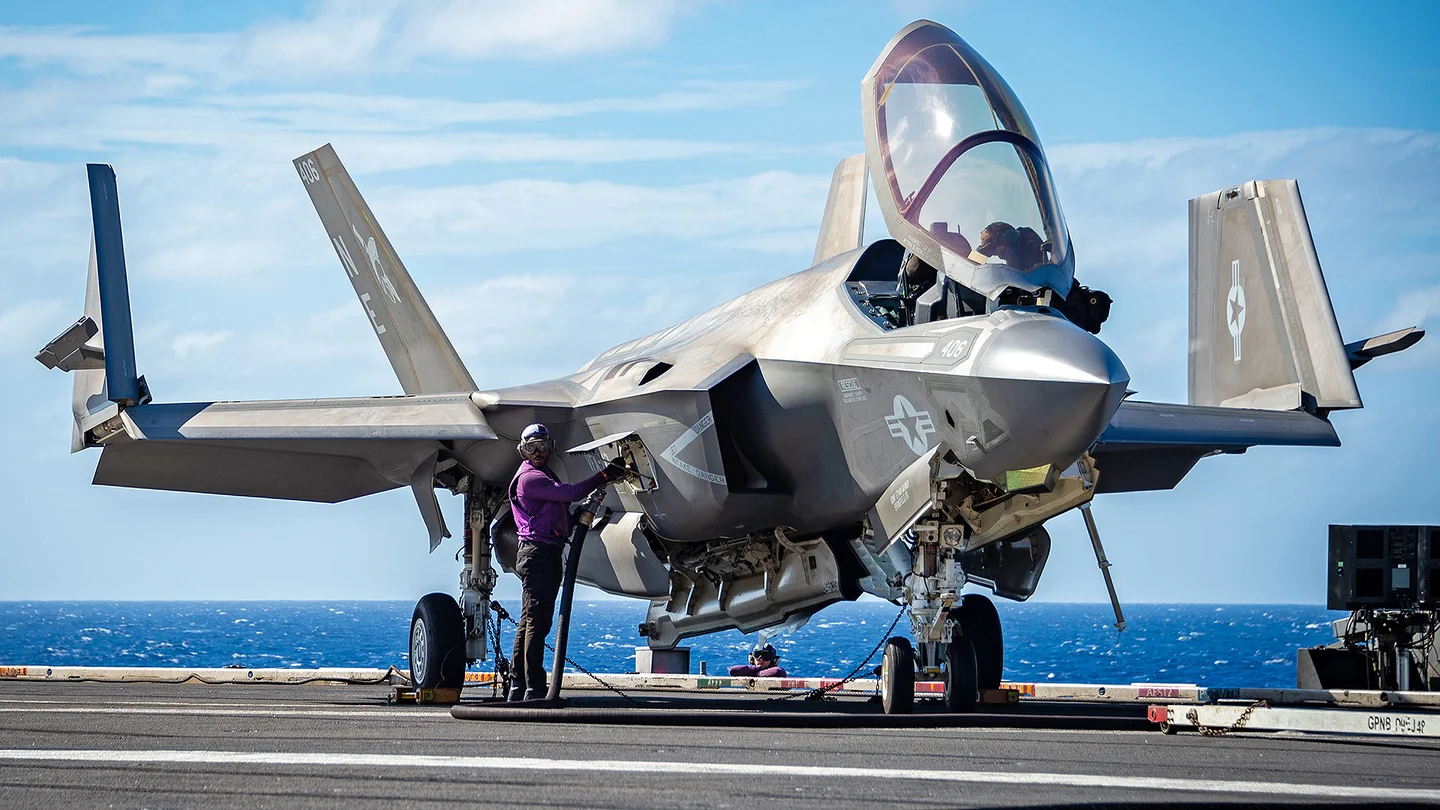An F-35C fighter jet crashed onto the deck of the aircraft carrier USS Carl Vinson and plunged into the South China Sea due to pilot error

The United States Navy has concluded its investigation into the crash of an F-35 Lightning II fifth-generation fighter jet onto the deck of an aircraft carrier. The accident took place in January 2022.
Here's What We Know
The F-35C Lightning II is a deck fighter that takes off from an aircraft carrier using a catapult and lands using an aero-finisher. On January 24, 2022, the fifth-generation aircraft crashed onto the deck of the USS Carl Vinson during a landing and then crashed into the South China Sea.

An investigation found that the accident was the fault of the pilot. He was performing an "approved routine manoeuvre" but had never performed it before. During landing, the pilot should have switched to automatic mode to reduce the load on himself. However, the pilot remained in manual mode. Because of this, the F-35C came in for a landing without enough power. By the time the pilot realised this, it was too late.
Leaked video of the F-35C crash on Carl Vinson, a classic case of ramp strike by the most advanced fielded fighter jet pic.twitter.com/wVl5nLI1bN
- Fighterman_FFRC (@Fighterman_FFRC) February 6, 2022
Six people were injured in the crash, including the pilot, who was able to eject. After hitting the deck, the fighter jet plunged into the South China Sea, from where it was not recovered until early March. The plane plunged to a depth of 12,000 feet (3.65km). Video of the failed landing of the F-35C Lightning II has emerged in the media.
US Navy spokesman Zachary Harrell confirmed that the pilot of the plane was a high-performance lieutenant who had logged 370 hours in the F-35 Lightning II. He has not flown in the US Navy since the accident, but continues to serve as an officer.

The pilot said he was "overloaded with missions" at the time of the manoeuvre. The US Navy now requires pilots to mandatorily activate automatic mode during landings. Before the accident, this was a recommendation. The lieutenant carried out all other manipulations as instructed. The aircraft also complied with all the requirements.

During landing, the F-35C developed high speed, hooked the USS Carl Vinson ramp and hit the nose on the deck. The aircraft then caught the cable, turned 90 degrees from its expected trajectory, and the landing gear caught on another cable. The fighter then began to rotate counterclockwise, the pilot successfully ejected and the F-35C slid off the deck and fell into the sea. The whole thing lasted less than a minute.

The cost of the lost fighter jet was more than $115 million. During the crash, wreckage damaged the EA-18G Growler electronic warfare aircraft. It cost $2.5 million to repair.
Source: Defence News